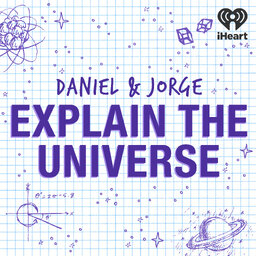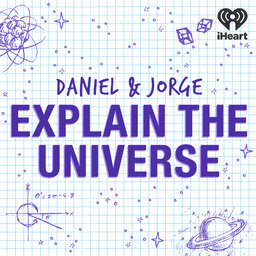Listener Questions 13: Space water, wormhole colliders and boxes of dark matter
Daniel and Jorge answer questions from listeners, like you! Submit yours, to questions@danielandjorge.com
Learn more about your ad-choices at https://www.iheartpodcastnetwork.com
See omnystudio.com/listener for privacy information.
 Daniel and Jorge Explain the Universe
Daniel and Jorge Explain the Universe


